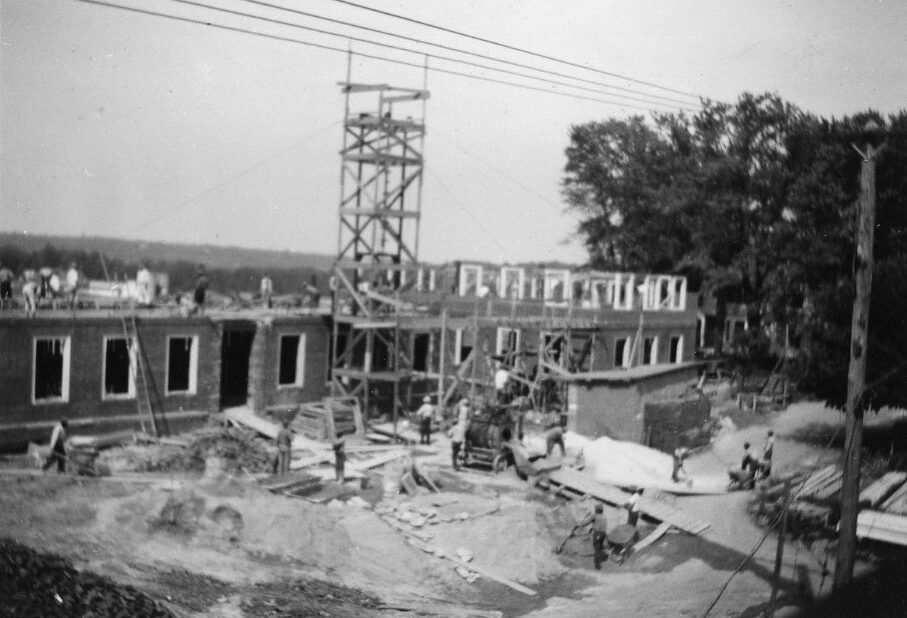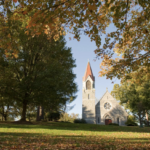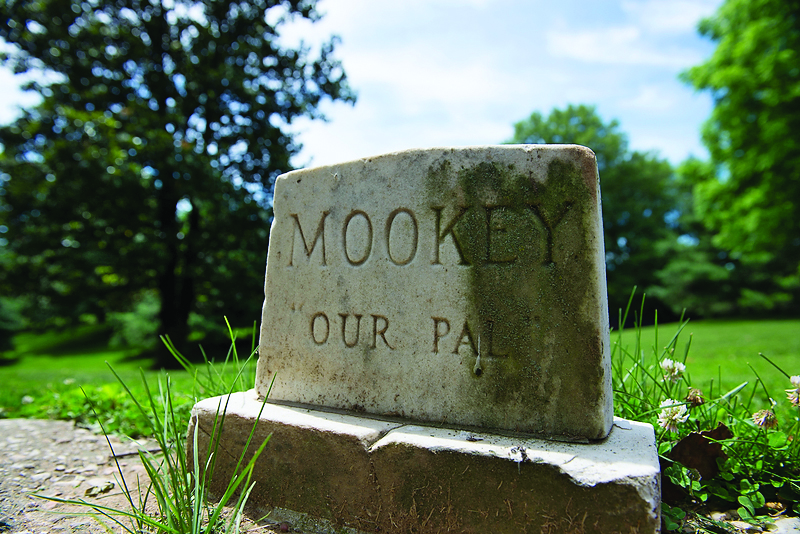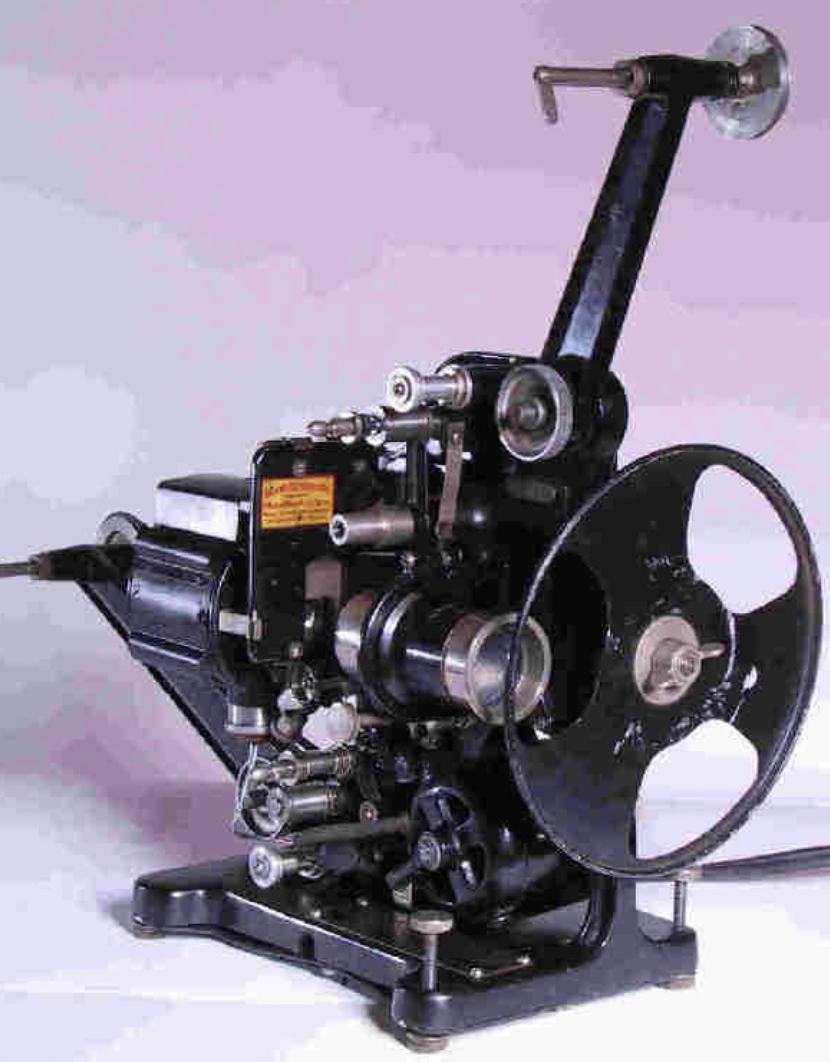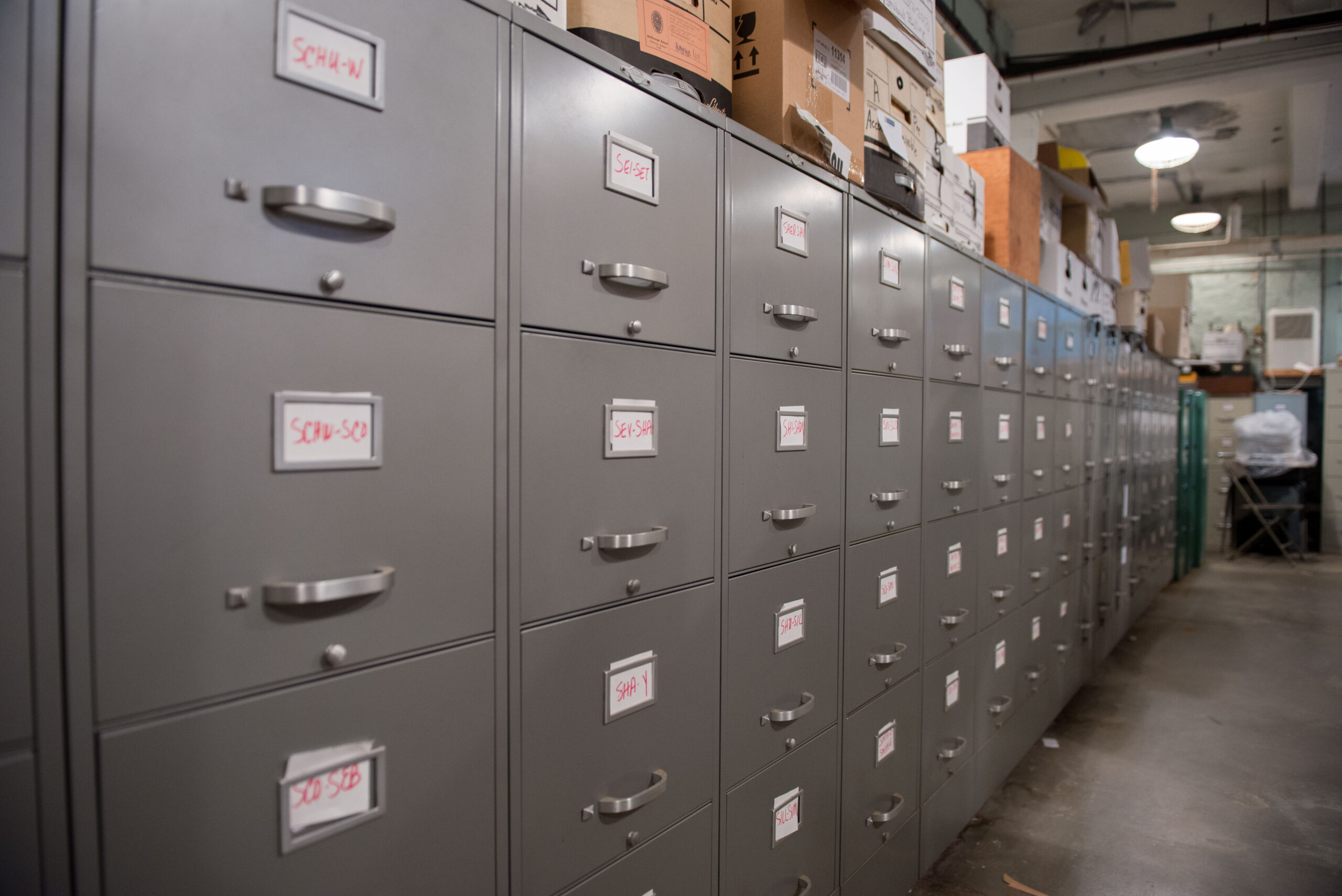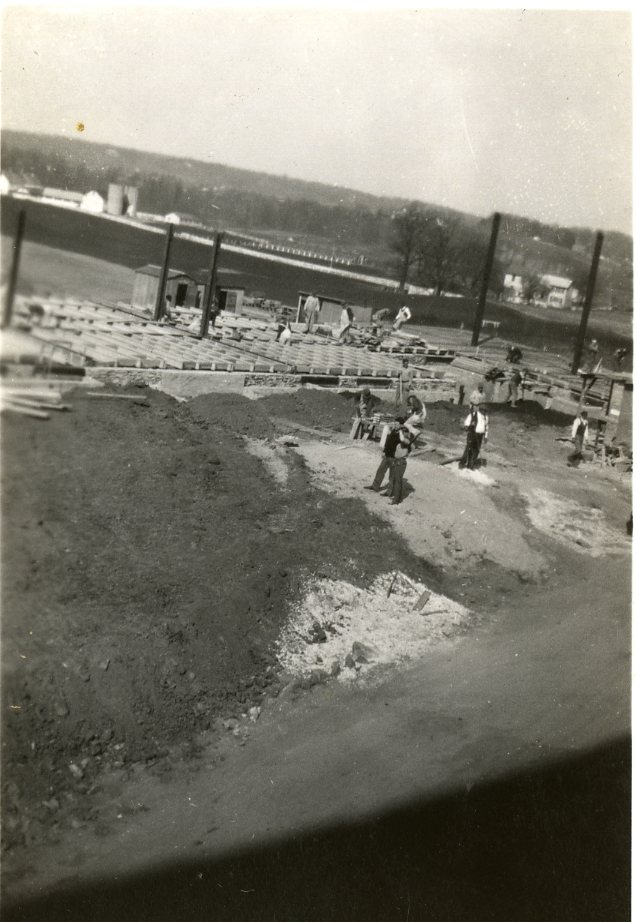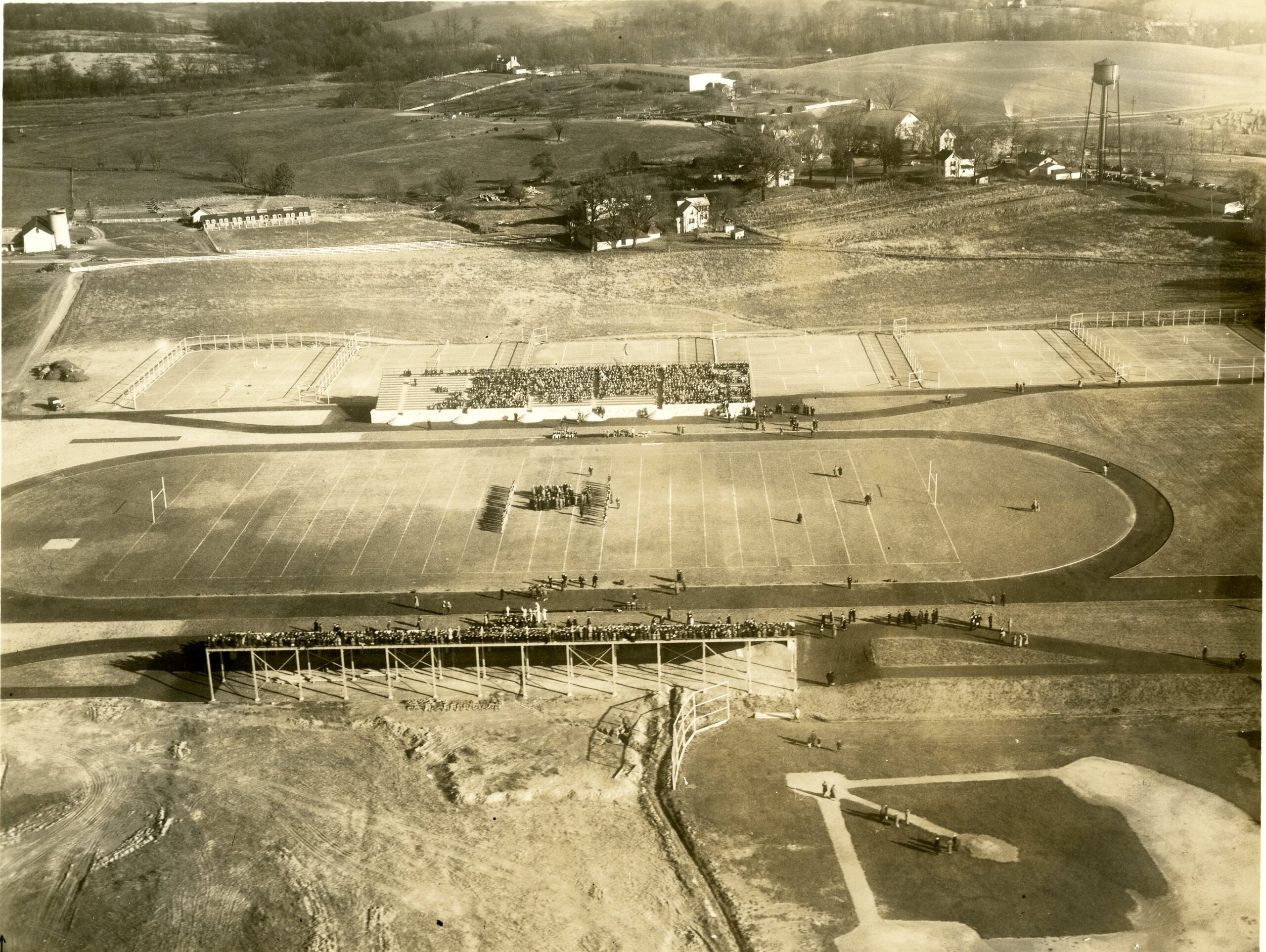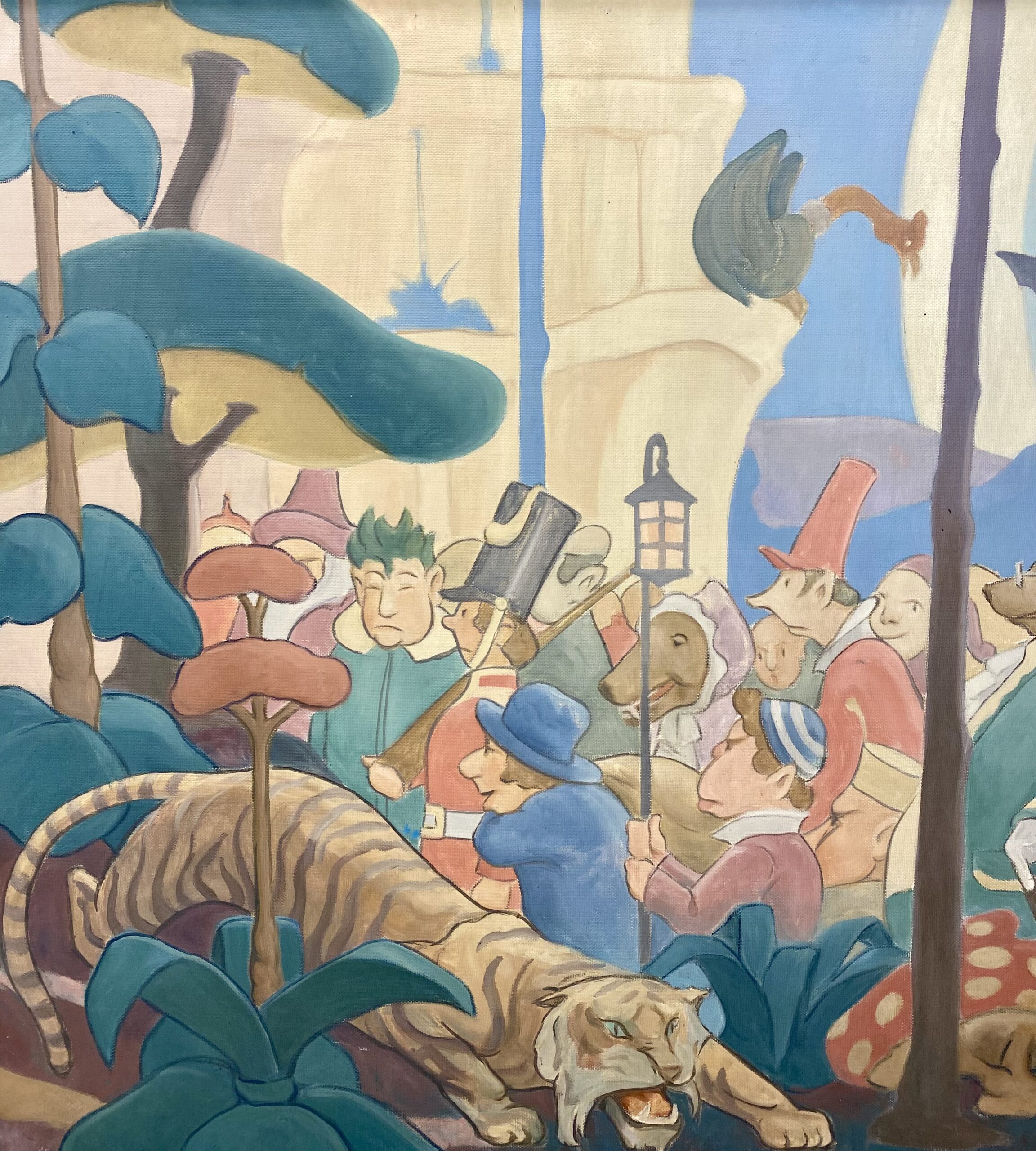Created in the mid-1930s under Franklin D. Roosevelt’s New Deal, the Public Works Administration (PWA) and the Works Progress Administration (WPA) were an integral part of the development of McDonogh. For seven years, WPA Project No. 211 provided 48 painters and 321 carpenters, electricians, mechanics, printers, and laborers who worked for the School. It is estimated that through the program, the government contributed more than $100,000 a year in materials plus labor costs for projects at McDonogh.
During this time, Doc Lamborn arranged for the government workers to undertake a number of significant school projects such as the construction of Finney Building and the creation of athletic facilities, including John McDonogh Stadium and 18 tennis courts. The WPA workers were also responsible for cleaning the woods, streams, and swamps and constructing the sewage disposal facility and boiler plants.
They painted just about every surface on campus. Steel beams were painted to look like wood, and classroom walls were decorated with murals depicting images such as a circus parade, scenes from “A Child’s Garden of Verses,” and a race between a steam train and a horse-drawn Pullman.
The efforts of the workers did not go unnoticed by the students and their parents who, at Christmastime in 1936 and 1937, gave the men working on WPA projects clothes, food for their families, and toys for their children.
